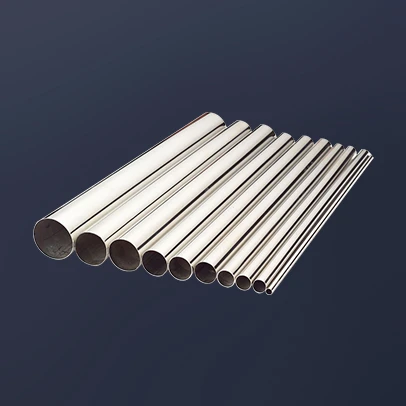Jan . 19, 2025 03:40
Choosing the right butterfly valve for natural gas applications is crucial for ensuring safety, efficiency, and reliability in operations. Butterfly valves are widely recognized for their ability to regulate flow, provide tight shut-off, and adapt to a variety of industrial systems. This article delves into the specific considerations and benefits of using butterfly valves in the context of natural gas processing and distribution, rendering insights seasoned by industry expertise.

First,
let's define the butterfly valve in the realm of natural gas systems. Butterfly valves are quarter-turn valves that use a rotating disc to control the flow of natural gas. The simplicity of their design, coupled with their lightweight nature, makes them a preferred choice in a variety of applications, especially where space is at a premium.
From an experience standpoint, one of the most significant advantages of using butterfly valves in natural gas applications is their cost-effectiveness. These valves are generally more economical than gate or globe valves, both in terms of initial cost and maintenance requirements. Their design minimizes the need for constant monitoring and repairs, offering a robustness that translates into reduced downtime and operational costs. As noted by industry professionals, the reduced number of components compared to other valve types also simplifies the installation process.

In terms of expertise, it's essential to consider the materials used in the construction of butterfly valves for handling natural gas. The valve body and disc must resist corrosive elements present in natural gas. Typically, manufacturers use stainless steel, carbon steel, or specialized alloys to provide the necessary corrosion resistance and strength. Additionally, selecting the appropriate seat material, often made from PTFE or rubber, ensures a tight seal to prevent leakage. This selection requires a deep understanding of the material compatibility with natural gas and the operational temperatures involved.
The design flexibility of butterfly valves also plays a significant role. They can be configured as concentric, double-eccentric, or triple-eccentric to meet various pressure ratings and service conditions. Each design offers unique advantages. For instance, triple-eccentric designs are well-suited for applications requiring zero leakage and the handling of high-pressure gases. Their ingenious construction allows for minimal contact between the disc and the seat during operation, reducing wear and extending service life.
butterfly valve for natural gas
When addressing authoritativeness, it is critical to acknowledge the importance of compliance with industry standards and certifications. Reliable butterfly valves for natural gas applications should meet or exceed standards such as API 609, ASME, and ISO, ensuring they conform to recognized quality and safety benchmarks. Partnering with manufacturers who adhere to stringent quality controls and offer a proven track record in the field reinforces the valve's credibility.
Trustworthiness in butterfly valves for natural gas applications also hinges on considering operational parameters such as pressure, temperature, and flow rates. Select a valve whose specifications closely match your system's requirements. Consulting with valve specialists or engineers can provide the assurance needed to make informed decisions, ensuring optimal operation without compromising safety.
The role of technology cannot be overlooked. Modern butterfly valves integrate sensors and advanced monitoring systems that provide real-time data on operation conditions. This technology enables predictive maintenance, further enhancing the valve's reliability and extending its lifecycle. By investing in valves equipped with these capabilities, operators can anticipate problems before they escalate, supporting a proactive approach to system management.
In conclusion, the strategic implementation of butterfly valves in natural gas systems involves a deep understanding of material engineering, adherence to industry standards, and a commitment to leveraging advanced technological solutions. Maintaining a focus on these aspects not only ensures the effective regulation of natural gas flow but also upholds the highest levels of safety and reliability, a core concern for any operator in the industry. By prioritizing cost-effective, expertly designed butterfly valves, businesses can achieve seamless operational efficiency while minimizing potential risks associated with natural gas distribution.


 Call us on:
+86-311-86935302
+86-311-86935302
Call us on:
+86-311-86935302
+86-311-86935302
 Email Us:
info@thriveonvalve.com
Email Us:
info@thriveonvalve.com South of Huanmadian Village Town, Ningjin County, Xingtai, Hebei Province, China
South of Huanmadian Village Town, Ningjin County, Xingtai, Hebei Province, China